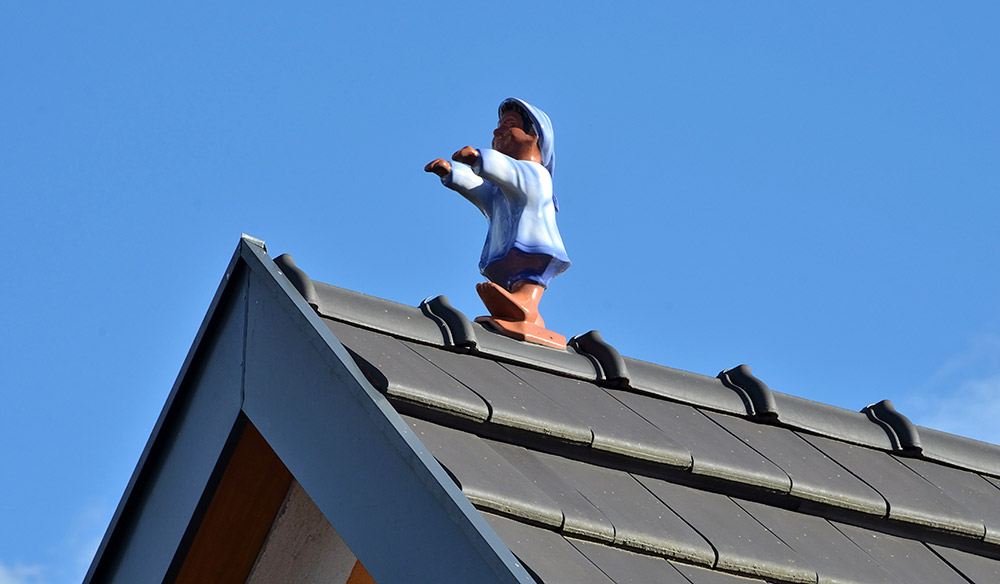Sleepwalking is a behavior disorder when a person walks or brings off complex activities while not wholly awake. It often happens during deep sleep. Sleepwalking tends to happen in the first few hours after falling asleep.
It can start at any age, however, is more common in children. It is believed that up to 20% of children will experience sleepwalking at least once. Many of them will get rid of this disorder until the time they reach puberty, but some of them will continue to sleepwalk into adult life.
Some of the common causes of sleepwalking can include:
- Periodic leg movement;
- Seizures;
- Obstructive sleep apnea;
- Restlessness leg syndrome;
- Gastroesophageal reflux
Symptoms
In addition to walking during deep sleep, common symptoms of sleepwalking often include:
- Sleep talking
- Difficulty arousing the sleepwalker during an episode
- Little or no memory at all of the event
- Screaming (when it occurs in combination with sleep terrors)
- Inappropriate behavior as urinating in closets (common in children)
- Violent attack on the person trying to wake up the sleepwalker
Natural Sleepwalking Treatment
Sometimes, medical treatments may not work to eradicate the problem of sleep walking. If you or your child have this problem, Your Health Tubers advice you to try the following suggestions:
- Get More Sleep
Tiredness is often a reason for sleepwalking. Try going to bed earlier. A regular sleep schedule is truly important, especially for infants.
- Include Relaxing Routine Before Bedtime
Do some quiet and calming activities before sleep, as soaking in a warm bath, doing puzzles, or reading books. Relaxation exercises or meditation can help, too.
- Create Stress-Free Environment
Identify the problems that cause stress and try some self-help methods to handle and reduce the stress. Talk with some close person what’s bothering you, or try doing yoga. That will help you relax and reduce stress. Or if your kid seems stressed or anxious you should talk with him/her.
- Make Your Environment Safe
You should make your environment safe and comfortable for sleeping. Moreover, if sleepwalking has led to certain injuries or has potentials to do so, you should consider some precautions to prevent that. For instance:
- Close and lock the windows and the door at night;
- Move electrical cords or some other objects that can pose a tripping hazard;
- Place fragile and sharp objects out of reach;
- Cover glass windows with drapes;
- Place a bell or alarm on the bedroom door;
- Sleep in a ground floor bedroom (if possible),
- If your child sleepwalks do not let him/her sleep in a bunk bed.
- Look for a Pattern
You can do notes (or have some other people in your home do it) to see how many minutes after bedtime you experience episodes of sleepwalking. If the timing is fairly consistent, these statistics are useful in planning preventive awakenings.
Tips to Prevent Sleepwalking
You cannot completely prevent this condition; but, certain steps can be taken to minimalize one’s risk, including:
- Limit Relaxation exercises or meditation can help you.
- Get adequate sleep.
- Avoid stimulation (visual or auditory) prior to bedtime.
Conclusion:
Natural treatment can help you reduce and get rid of sleepwalking. Try to be positive. Although frightening and disruptive in the short term, this is not usually a serious disorder. Sleepwalking can often be treated effectively.

